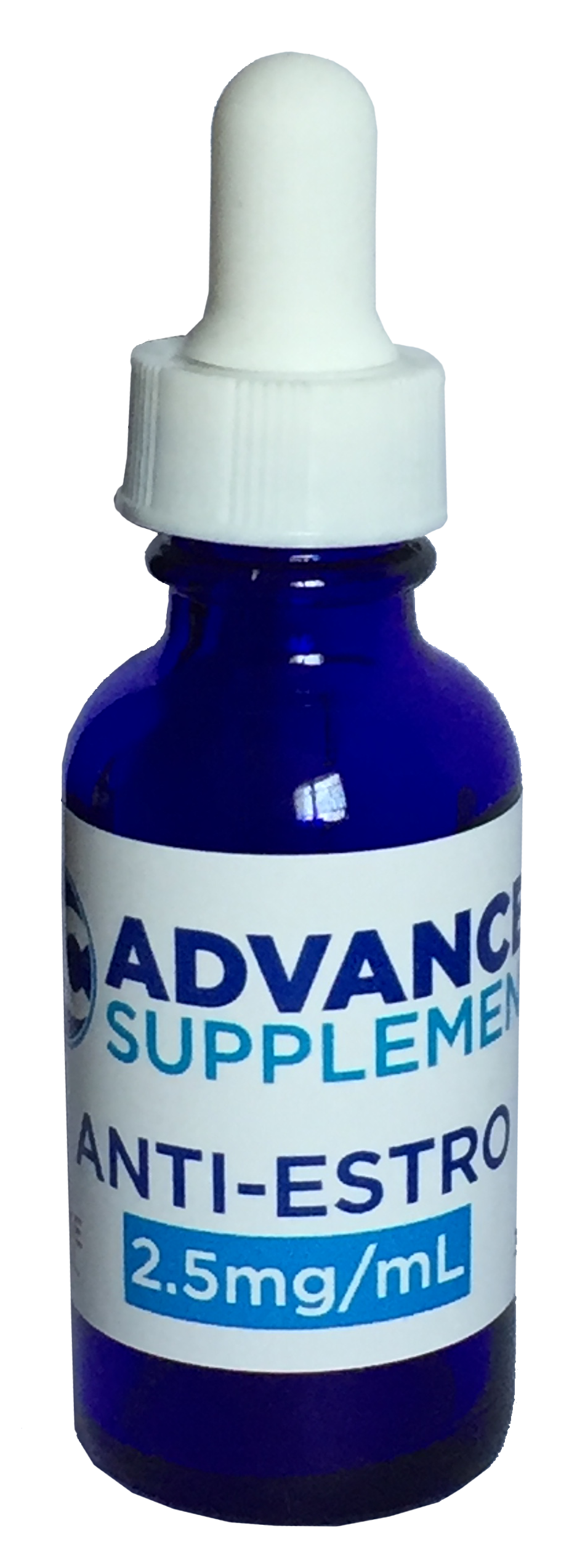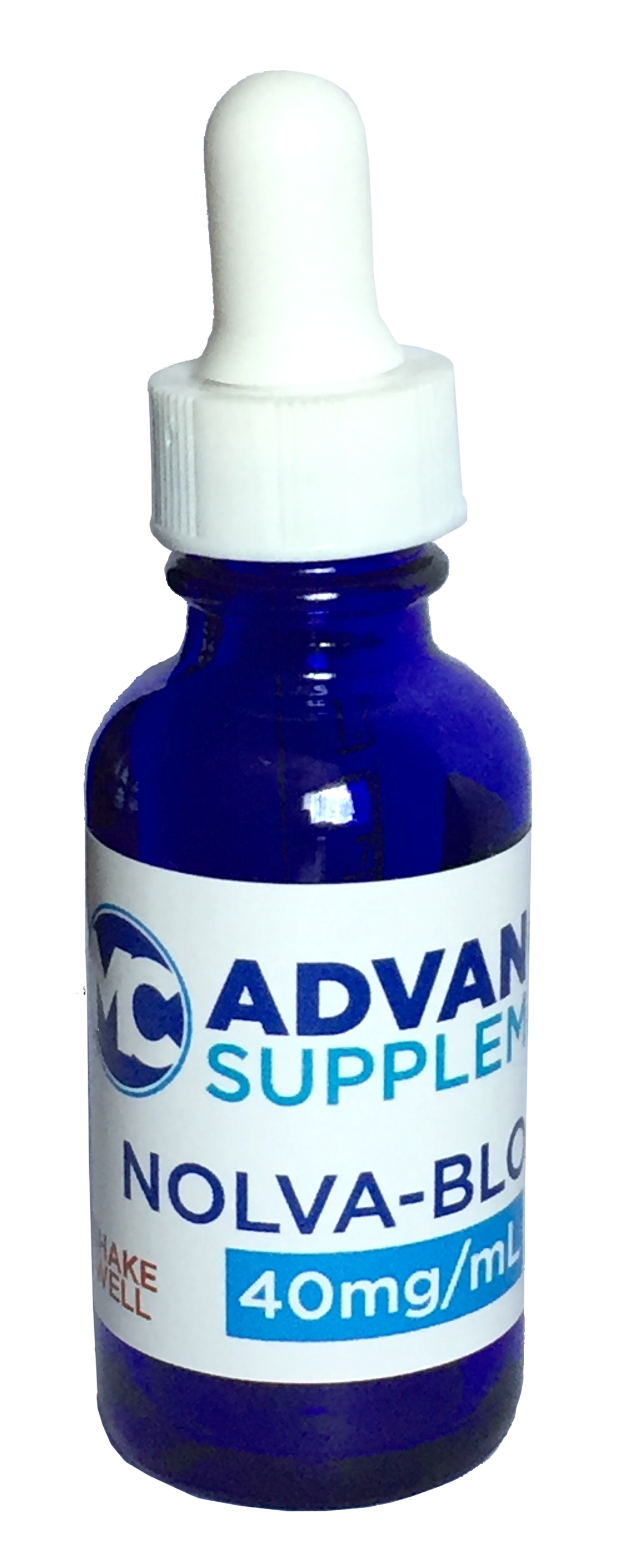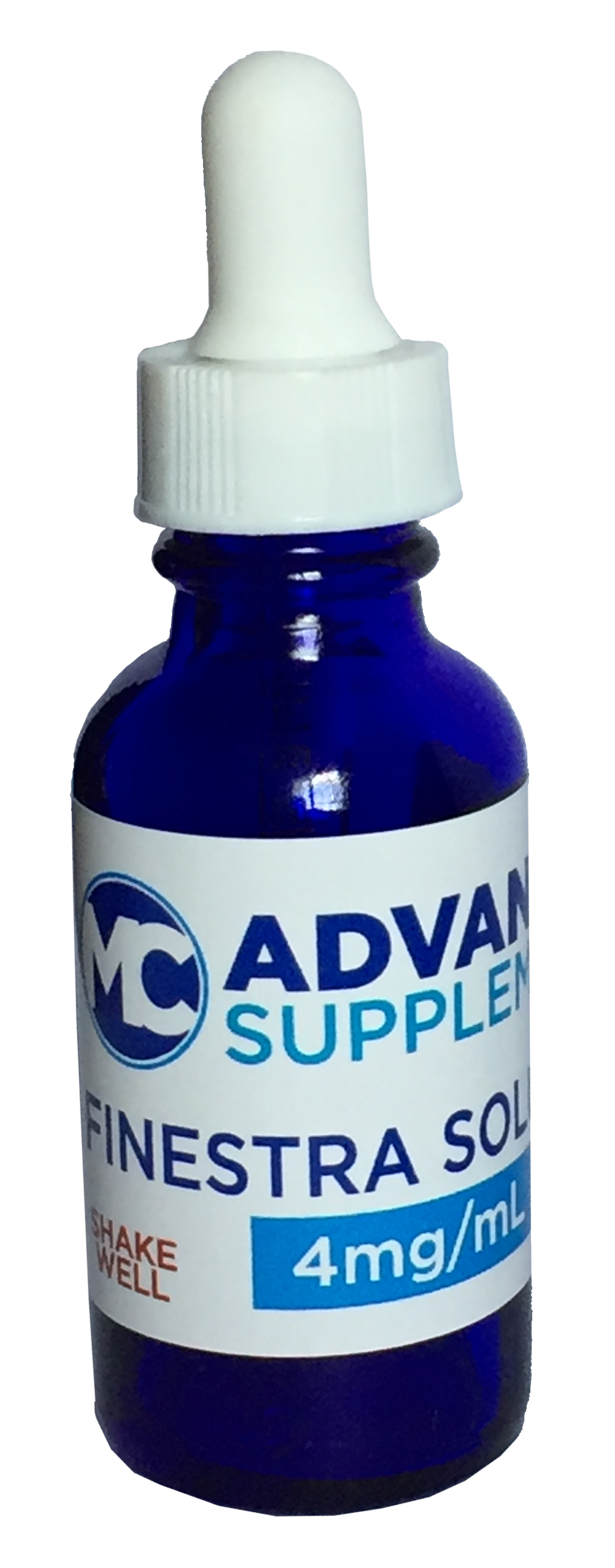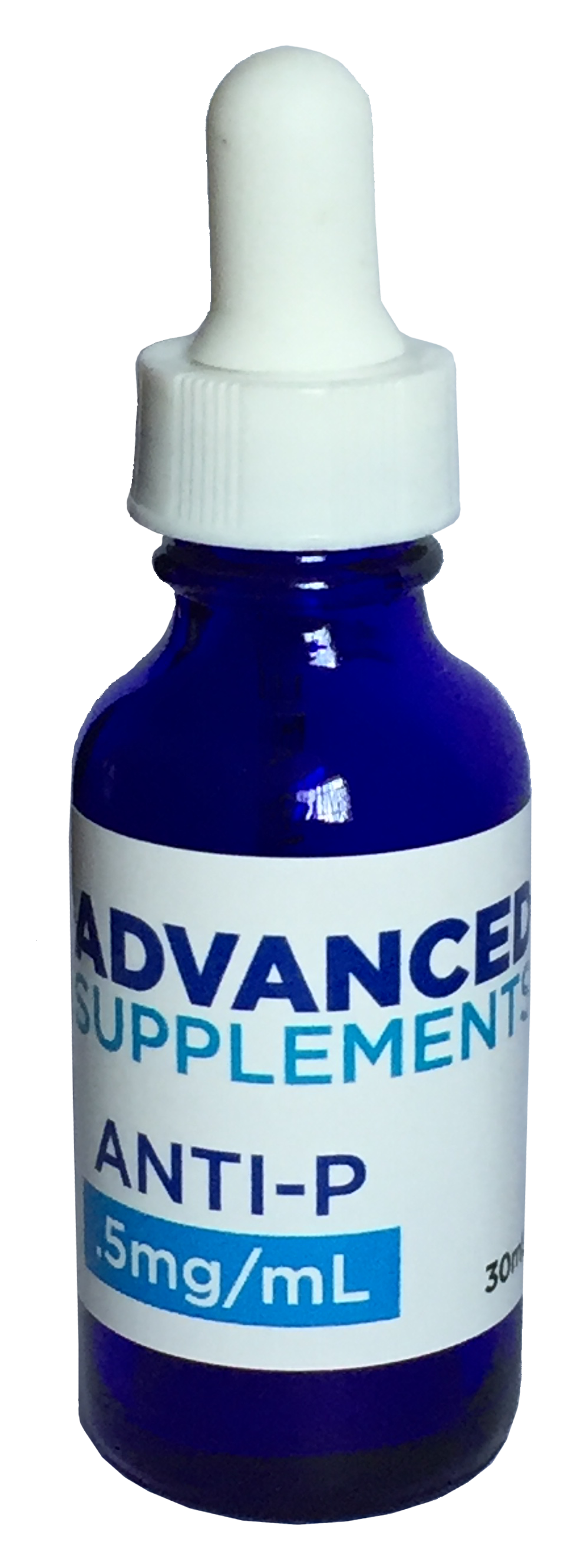Immense Growth Factor Benefits For Elite Athletes Using IGF 1 lr3
IGF 1 lr3 ( Insulin Like Growth Factor 1 Lr3) While it will obviously work in everyone , I must point out that this growth factor is not for everyone. I say this because there are people out there who have no business taking anabolic steroids let alone this product. If when you flex your abdominal muscles, and see a crease separating your abs then yes you will get more out of using this peptide / growth factor more than the guy or girl who is over weight and has no definition what so ever. Those of you who have put in the work at the gym, on the track or whatever may be the case, you are the ones that will benefit tremendously. This is whether or not your on any type of anabolic steroid cycle! While it is true adding igf 1 lr3 to your cycle will allow your body to get more out of the hormones your using than you would have without using this. However, the same rule applies to even those of you on a steroidal cycle, and that is “No Def, No IGF”
I believe the effects will be best realized for experienced athletes who have peaked off their normal means of performance enhancing supplements, whether it be anabolic androgenic steroids or even Over the counter legal supplementation. For you, the tried and true, in the gym , at the track or on the field, You will see a significant change in your bodies composition. Your muscle bellies will be full, veins prominent , and skin will be razor thin!
IGF-1 was originally developed in 1993 by Groprep in Australia. IGF-1 is a 70 amino acid sequence similar to the size and structure of Insulin. IGF-LR3 belongs to the peptide family of substances identified as growth factors. It is a highly anabolic hormone released in the liver as well as in peripheral tissues such as skeletal muscle. In the body, IGF-1 is released in response to the presence of Human Growth Hormone (HGH). After intense resistance training, the body experiences a surge in GH and IGF, and this is a catalyst for building and activating new satellite muscle cells. This is a main categorical difference between IGF-1 and anabolic steroids. Anabolic steroids hypertrophy (fill with water to make bigger) the existing muscle cells, while IGF-1 causes hypertrophy of muscle cells and creates and activates satelite muscle cells. Although growth hormone is considered to be highly anabolic, in actuality, IGF-1 is suspected to be responsible for the primary anabolic activities of growth hormone.
IGF-LR3 is an 83 amino acid analog of human IGF-1, actually comprising the complete human IGF-1 sequence substituting arginine for glutamine at position 3, and it has a 13 amino acid extension at the N-terminus. This makes IGF-LR3 2x-3x more potent than IGF-1 because it has a lower affinity to be rendered inactive by IGF binding proteins, and consequently has more potential for activity in the body.
The reason IGF-LR3 was created is to give it a higher bioavailability. The added sequence make it less likely to degrade, and the IGF-LR3 analog has a half-life of approximately 20-30 hours, longer than that of IGF-1. The added sequence, the LR3 version, now allows you to be able to take subcutaneously once daily. The IGF-1 must be injected multiple times a day to maintain optimal levels.
Table Of Contents
- 1 Effects of IGF-LR3
- 1.1 Side Effects of IGF-LR3
- 1.2 IGF-LR3 Administration
- 1.3 A Real World Discussion of IGF-LR3
- 1.4 Related Posts
Effects of IGF-LR3
IGF-LR3
- Increased Amino acid transport to cells
- Increased glucose transport within cells
- Increased protein synthesis
- Decreased protein degradation
- Increased amino acid absorption
- Mobilizes fat for use as energy in adipose tissue
The last effect is an important aspect, and is the cause of a major body transformation when taking IGF. IGF-1LR3 prevents insulin from transporting glucose across cell membranes. As a result, cells have to switch from burning glucose to burning fat as the primary source of energy. This means you will see a great reduction of fat, especially from around the mid-section, from taking IGF-1LR3.
Early studies in rats have confirmed that IGF-1 LR3 builds new muscle tissue by promoting nitrogen retention and protein synthesis. This causes the growth of muscles through both hyperplasia (which is an increase in number of muscle cells) and mitogenesis (which is the actual growth of new muscle fibers). Thus, IGF-1 LR3 not only makes muscle fibers bigger, it makes more of them as well. Therefore, IGF can change the genetic capabilities in terms of muscle tissue and cell count. IGF increases and differentiates the number and types of cells present.
In these studies performed exclusively on rats, perhaps the most remarkable influence it has on the rat is its ability to cause hyperplasia, which is a dividing and splitting of cells. Hypertrophy is what ensues during weight training; it is an increase in the size of muscle cells. Adult rats have a fixed number of muscle cells, that can become larger, however, the number of muscle cells does not increase. But, with this preparation, you can induce hyperplasia which increases the number of muscle cells present in the muscle.
Government statutes restrict scientist’s ability to do studies and experimentations of IGF on humans. So, there is very little research done to see if the same effects that occur in rats, also occurs in humans. Current and prevailing theory suggests that IGF does not cause hyperplasia in humans. However, this is due to lack of evidence, and the lack of evidence may be due to the lack of human studies and research. What does appear to be occurring is hypertrophy of existing muscle cells and more importantly, recruitment of additional satellite muscle cells which can mature into full sized muscle cells. These cells are normally activated only when existing muscle cells die or when stresses are such that they are needed. Exogenous IGF-1 appears to activate them before they would naturally be activated. Research studies show that with weight training the new cells develop faster, become stronger, and more dense.
IGF-1 also carries important traits revolving around healing and recovery; in fact, they are quite strong. This is very apparent when we consider the hormone’s role on the production of connective tissue. IGF-1 will also improve collagen function, collagen, which is found in all connective tissue in the body. An improvement in collagen function results in stronger bones, as well as strength in the muscles for proper movement. It can even affect the skin and blood vessels in a positive way. From here, IGF-1 will also promote cartilage repair and promote enhanced bone density making it an excellent hormone in cases of needed rejuvenation and repair.
Side Effects of IGF-LR3
There are possible side effects of IGF but compared to many hormones there aren’t that many. Make no mistake, some of the possible side effects of IGF-1 can be concerning, but as with most hormones there is hope. The most common side effect of IGF-1 is hypoglycemia. Clinical data has shown that more than 40% of all those receiving IGF-1 therapy have experienced hypoglycemia at one level or another. Of those who have gone into a hypoglycemic state, 7% have experienced severe cases with approximately 5% experiencing a hypoglycemic seizure. Without question a seizure does not sound too appealing, and if you’ve ever experienced hypoglycemia that alone is something you’ll want to avoid. Thankfully, avoiding a hypoglycemic state when using IGF is very easy to avoid. Before administering your IGF, you should consume simple sugars each time along with an adequate amount of food, specifically protein and a mixture of simple and complex carbohydrates. This should occur approximately 15-20 minutes before you administer your IGF. Once injected, if hypoglycemia symptoms begin to show, immediately consume more simple sugars and continue to consume them until the symptoms go away.
The common symptoms of hypoglycemia include:
- Dizziness
- Drowsiness
- Hunger (often extreme)
- Sweating
- Palpitations
- Tremors
- Headache
If the symptoms of hypoglycemia begin to occur immediately consume fast acting carbohydrates such as candy bars, or any type of sugar filled food or a carbohydrate drink or juice. Grape juice is a fantastic choice. If ignored, this can and in many cases will, lead to severe hypoglycemia, which has the potential to be fatal. Full blown severe hypoglycemia can lead to severe disorientation, seizure and unconsciousness, but as discussed there is no reason for this to occur if IGF is used properly.
Despite it being tremendously easy to avoid, hypoglycemia is the most common side effect of IGF-1 use, but there are others to consider. Some may experience joint pain or discomfort despite it typically having a positive impact on joints. Some reports have indicated tonsil growth, which can lead to the individual becoming an extreme snorer. Pronounced organ growth has also been noted in some patients, particularly the kidneys and spleen. This makes responsible use very important, and it becomes more important when we consider cholesterol. IGF can increase cholesterol levels, however, this is very manageable with a healthy diet. We must keep in mind that many who use it are doing so with anabolic steroids, which can also skew cholesterol levels. To protect your cholesterol levels, a healthy diet and lifestyle is imperative. The individual’s diet should be rich in omega fatty acids and daily fish oil supplementation is advised. The individual should also limit saturated fats, as well as simple sugars. Granted, you will need simple sugars with your IGF-1 use, specifically timed around your use, but other than this period they should be severely limited. It is also advised that you incorporate plenty of cardiovascular activity into your daily routine. Some may also find a cholesterol antioxidant supplement to be beneficial.
IGF-LR3 Administration
IGF doses and specific protocols of use is a bit of a controversial topic in both the medical and performance enhancement community. In a therapeutic setting, IGF doses will normally fall in the 40-80mcg ranges and may be given 1-2 times per day. This is undoubtedly a large, very large dose, and it can be hard to control for some when we consider hypoglycemia. Most physicians will not have the individual start above 40mcg and levels will be monitored closely. Dosing may be increased by 20mcg if needed but will not surpass 120mcg for any reason as this will be extremely difficult to even impossible to control regarding hypoglycemia.
In a performance setting, 50-60mcg per day is very common, but it’s also often overkill. It will not take a lot of IGF-1 to produce phenomenal results if the individual is eating enough food and using anabolic steroids. Add in the recommended HGH use with your IGF-1 and the results will be remarkable. Most individuals could easily start with 15mcg per day once per day and slightly increase the dose if needed, but this is an excellent starting point and will be all the IGF-1 many ever need.
A Real World Discussion of IGF-LR3
IGF-LR3 is a highly revered peptide that many will vouch for in communities across all the boards. There is no doubt that is does bring physical and performance enhancing benefits to those who use it. How you respond to it, as with anything, depends on your genetics and your personal predisposition to respond to IGF. Before I first took it, I saw that it increased the number of muscle cells, so I thought it could radically change my muscle mass and eventually make me look like a professional bodybuilder. This is not an accurate conceptualization of what actually occurs. The muscle cell increase occurs very slowly. You may notice increased muscle mass, and especially pumps, during your IGF cycle, but it isn’t like you quickly turn into a hulk and gain incredible mass. After years of use, you may notice that you have gained muscle mass beyond that of steroid use, and that may be attributed to IGF, but your gains won’t be epic and you won’t notice the gains are leaps and bounds over your anabolic steroid cycle.
When people take anabolic steroids, it can be life changing and you can gain a tremendous amount of mass. This is not the case with IGF. If you are new to anabolic steroids, and start IGF-1LR3, you won’t really notice a difference beyond what the steroids are doing for you. I consider IGF and HGH a fine tuner. Once you have been in the game for a long time, and have even peaked off anabolic steroids, then I think may be the time for IGF. Long time anabolic steroid users eventually reach a point when you are no longer making gains off your cycles. When you add IGF to one of these situations, you will then notice subtle differences from the IGF that will fine tune your physique.
The concept of IGF making your body switch from using glucose as its primary source of energy to using fat as its primary source of energy, along with its muscle enhancing capabilities can dramatically change your physique after 6 months or more of use. It takes fat off your body, so you can now better see muscle striations everywhere, so you can see striations you have never seen before. After 6 months or more, it can make you look like you are carved out of marble. Hard, taught, and more fine-tuned muscle than you have ever seen on yourself before. There are benefits you see from it in a few weeks as well. Many talk of major pumps in the gym, pumps that can make it hard to have full range of motion. I noticed this a little. It was more long term effects that stood out to me.
IGF-LR3 is actually not illegal to sell if they promote this only as a research peptide, or sold as a topical solution which by passes breaking any laws that would otherwise be imposed had it been sold as an injectable. Obviously what the customer does with the igf 1 lr3 once they get it is entirely up to them. Therefore, it is readily available, and most of these trusted research sites have good quality IGF. The price can very. Anywhere from $50-$95 for a 1mg vial of IGF-LR3 seems typical. You can just bookmark a bunch of the trusted sites and check them often and sooner or later they will all offer a sale where products are going pretty cheap.
Immense Growth Factor Benefits For Elite Athletes
In closing, I believe IGF-LR3 is a very effective peptide. I believe the effects will be best realized for experienced athletes who have peaked off their normal means of enhancing performance, whether it be anabolic steroids or even legal supplementation. I think the effects will be more appreciated in these circumstances and under long term use of 6 moths or more.








 IGF 1 lr3 - Male or Female
IGF 1 lr3 - Male or Female
